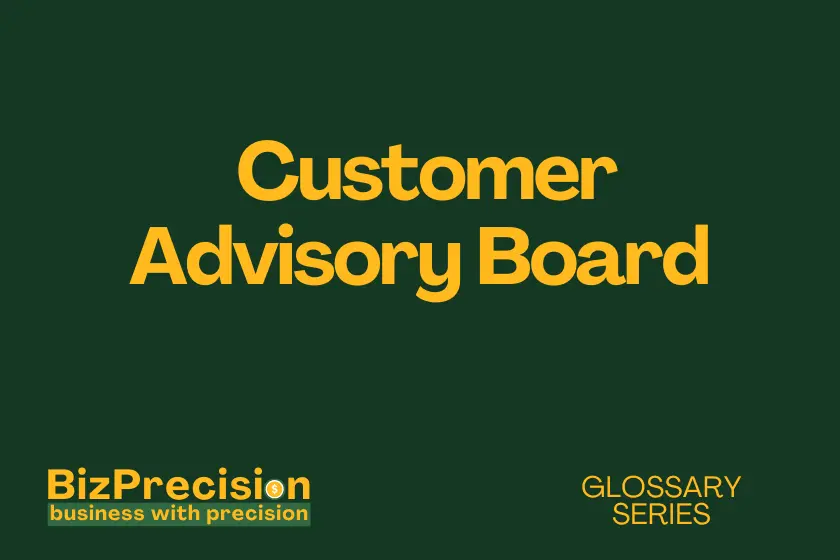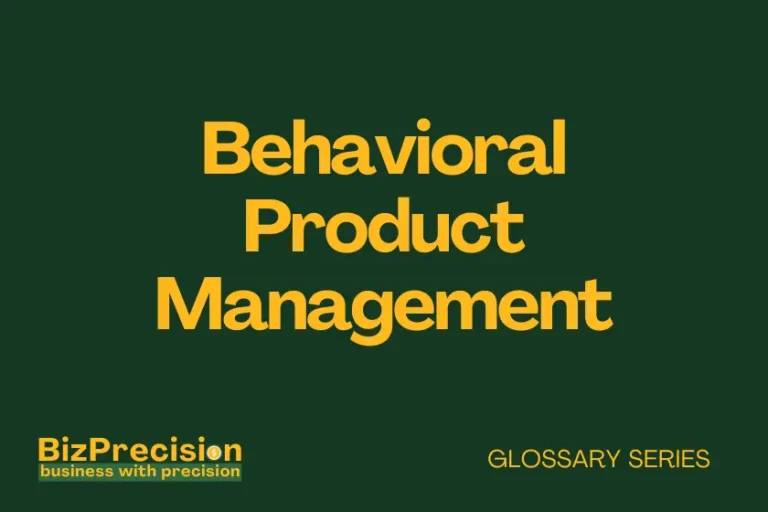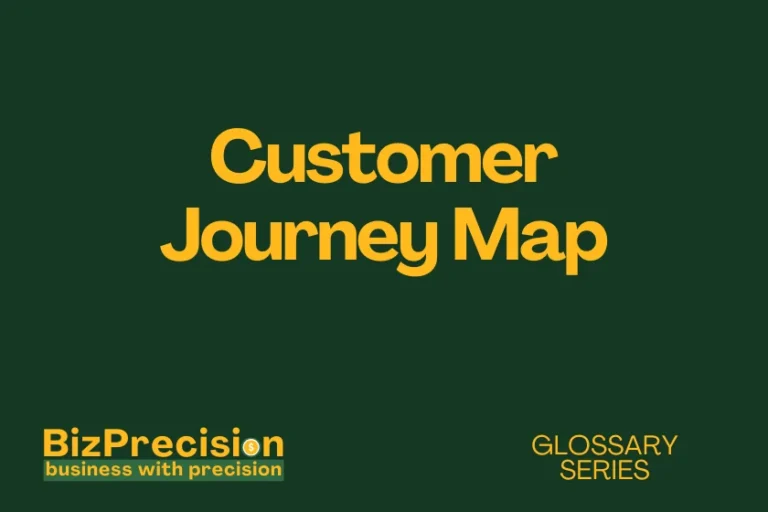What is a Customer Advisory Board?
A Customer Advisory Board (CAB) is a strategic group of customers who meet regularly with company leaders to guide business decisions.
A CAB helps companies align their strategies with customer needs. These forums create direct channels for customer feedback and market insights.
According to a 2023 Gartner study, companies with active customer advisory boards report 27% higher customer retention rates. They also see 35% faster product adoption rates than competitors.
Let’s explore how Customer Advisory Boards drive business growth and innovation.
Understanding Customer Advisory Boards
Core Components of a Customer Advisory Board
The success of a CAB depends on three key elements: structure, participants, and process.
A typical board includes 10-15 senior executives from key customer organizations. This size ensures meaningful discussions while maintaining active participation.
Regular meetings occur quarterly, with most boards choosing a mix of virtual and in-person formats. This hybrid approach balances convenience with relationship building.
Each member serves a specific role based on their expertise. Some focus on product feedback, while others provide market insights or strategic guidance.
Benefits of Implementing a CAB
Customer Advisory Boards deliver three main advantages to growing companies.
First, they provide unique market intelligence. Board members share industry trends before they become widely known. This early insight helps companies stay ahead of market changes.
Second, CABs strengthen customer relationships. Regular interaction with key customers builds trust and loyalty. Companies report 40% higher retention among CAB member accounts.
Third, these boards guide product development. Direct feedback from strategic customers helps prioritize features. This leads to products that better match market needs.
Types of Customer Advisory Boards
Companies can choose from several CAB models based on their goals.
Executive advisory boards focus on business strategy and market direction. Members include C-level executives who provide high-level guidance. These boards help shape company vision and growth plans.
Technical advisory boards concentrate on product development. Members typically include technical leaders and power users. They provide detailed feedback on features and functionality.
Industry-specific boards target particular market segments. Members come from one industry or related sectors. These boards offer deep insights into specific market challenges.
Building an Effective Customer Advisory Board
Member Selection and Recruitment
Choosing the right board members determines your CAB’s success.
Look for customers who represent your ideal market segments. Select leaders who understand both business and technical aspects.
Start recruitment by identifying key accounts that drive significant revenue. Focus on customers who actively use your products and provide thoughtful feedback.
Each member should commit to attending meetings and contributing insights. Set clear expectations about time commitments and participation requirements.
Setting Clear Objectives
Your CAB needs specific goals to deliver value.
Start by aligning board objectives with company strategy. Define what insights you need from members to guide decisions.
Track success through measurable metrics like implemented suggestions or market insights gained. Survey members regularly to assess meeting effectiveness.
Members stay engaged when they see their input making an impact. Share how their feedback shapes company decisions and product development.
Meeting Structure and Management
Effective meetings follow a clear structure that maximizes value.
Plan agendas that balance company updates with member discussion time. Send materials early so members can prepare meaningful contributions.
Use skilled facilitators to guide conversations and ensure equal participation. Keep discussions focused on strategic topics rather than tactical issues.
Follow up after each meeting with action items and timelines. Show members how their input translates into concrete changes.
Maximizing CAB Impact
Best Practices for CAB Success
Several key practices help boards deliver consistent value.
Keep members engaged between meetings through regular updates. Share progress on their suggestions and ask for quick feedback when needed.
Create clear communication channels for board members. Provide multiple ways for them to share insights and concerns.
Invest in proper resources to manage the program effectively. Dedicated staff ensures consistent follow-through on board initiatives.
Common Challenges and Solutions
Most CABs face similar obstacles that require careful management.
Member participation sometimes drops due to busy schedules. Combat this by planning meetings far in advance and making them highly valuable.
Companies often struggle to implement all member suggestions. Solve this by prioritizing feedback and communicating realistic timelines.
Measuring program ROI can be difficult. Track specific metrics like revenue growth from member accounts or implemented suggestions.
Future Trends in Customer Advisory Boards
CABs continue to evolve with changing business needs.
Virtual meetings are becoming more common and effective. New collaboration tools help remote members engage more deeply.
Companies increasingly use technology to gather continuous feedback. Digital platforms complement traditional board meetings.
Board formats are becoming more flexible and focused. Some companies now run multiple specialized boards for different purposes.
Conclusion
Customer Advisory Boards provide vital insights for business growth. They create strong partnerships with key customers while guiding strategic decisions.
Start building your CAB by identifying potential members and setting clear goals. Focus on creating value for both your company and board members.
Remember that successful boards require ongoing commitment and resources. The returns in customer loyalty and market insights make this investment worthwhile.







